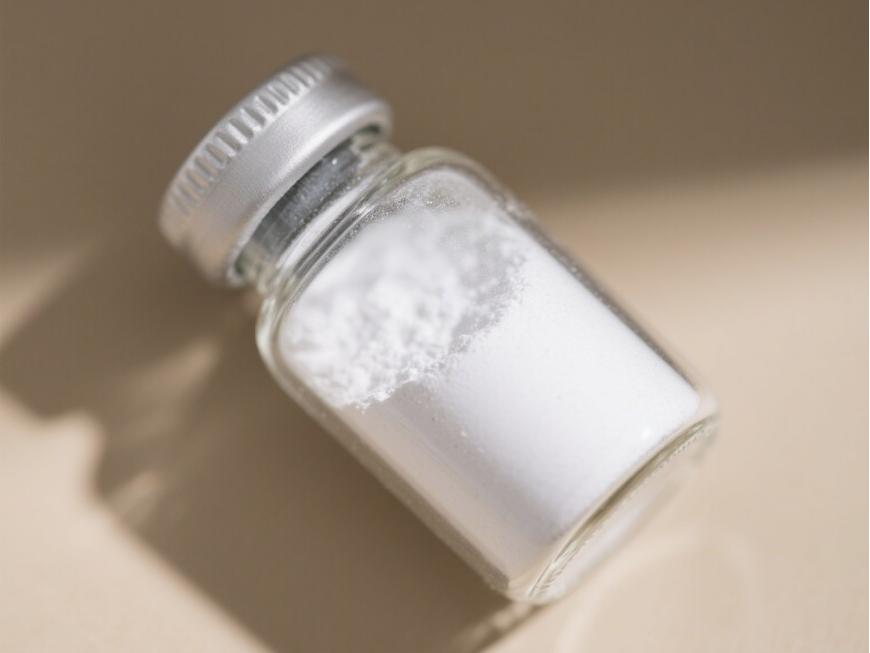What Is the Benefit of Low Molecular Weight Hyaluronic Acid Powder?
Hyaluronic acid is a large molecule mucopolysaccharide commonly found in the spines of vertebrates and the capsules of some bacteria. Due to its high viscoelasticity and plasticity, superb water retention and permeability, and good biocompatibility, hyaluronic acid is widely used in medicine, pharmaceuticals, cosmetics, food and other fields. Industrial production of hyaluronic acid is mainly carried out by two methods: extraction from animal tissue and microbial fermentation. The extraction of hyaluronic acid from tissue is limited by the shortage of raw material sources and the complicated extraction process. Fermentation has now become the main method of industrial production of hyaluronic acid [1]. In recent years, it has been found that the biological activity and effect of hyaluronic acid are directly related to its relative molecular weight (Mr), and hyaluronic acids with different molecular weights can even exhibit diametrically opposed biological activities.
High molecular weight hyaluronic acid (Mr>2×106) has good elasticity and moisturizing properties, and has functions such as inhibiting inflammatory reactions and lubrication. It is often used in ophthalmic surgery viscoelastic agents and intra-articular injections for treatment. Hyaluronic acid with a Mr in the range of (1-2)×106 has good moisturizing properties, lubrication and sustained-release drug effects. It can be used in cosmetics, eye drops, skin burn healing and postoperative adhesion prevention; Mr ≤ 1 × 104 low molecular weight hyaluronic acid (including oligosaccharide hyaluronic acid and o-hyaluronic acid), which has anti-tumor, wound healing, bone and angiogenesis, and immune regulation effects, has broad prospects for pharmaceutical applications [2-3] and has attracted widespread attention from researchers at home and abroad, becoming a hotspot in hyaluronic acid research.
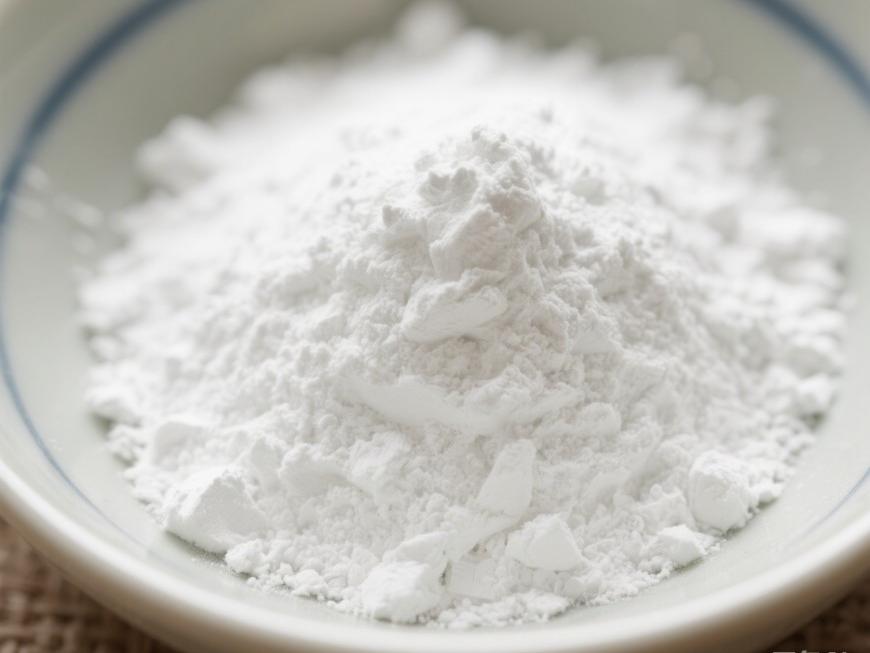
1 Physiological functions of low molecular weight hyaluronic acid powder
Low molecular weight hyaluronic acid, including hyaluronic acid oligosaccharides, has the characteristics of unique good permeability, excellent biocompatibility and easy absorption. It mainly exhibits the following important biological functions in the human body.
1.1 Angiogenesis promoting effect
In contrast to the inhibitory effect of macromolecular hyaluronic acid on neovascularization, small molecular hyaluronic acid can stimulate the proliferation and migration of vascular endothelial cells in the aorta and capillaries, promoting the formation of new blood vessels. Angiogenesis is an indispensable process in normal tissue growth and wound repair. Therefore, small molecular hyaluronic acid can counteract the reduction of blood vessels caused by aging and radiotherapy. At present, the mechanism by which small molecular hyaluronic acid promotes angiogenesis is still not very clear. Research suggests that it may be through the activation of kinases in the signal transduction pathway by receptors on the surface of vascular endothelial cells or hyaluronic acid-binding proteins, triggering signal transduction to play a role [3-5].
1.2 Promoting wound healing
When trauma occurs on the surface of the body, the local hyaluronic acid content immediately and significantly increases. High-molecular-weight and high concentrations of hyaluronic acid can inhibit cell movement, proliferation, differentiation and phagocytosis. Low molecular weight hyaluronic acid has the opposite effect, being able to penetrate the dermis, remove oxygen free radicals, protect granulation tissue from damage by oxygen free radicals, and promote the expression of inflammatory factors, thereby promoting angiogenesis to achieve the purpose of promoting wound healing [6-7].
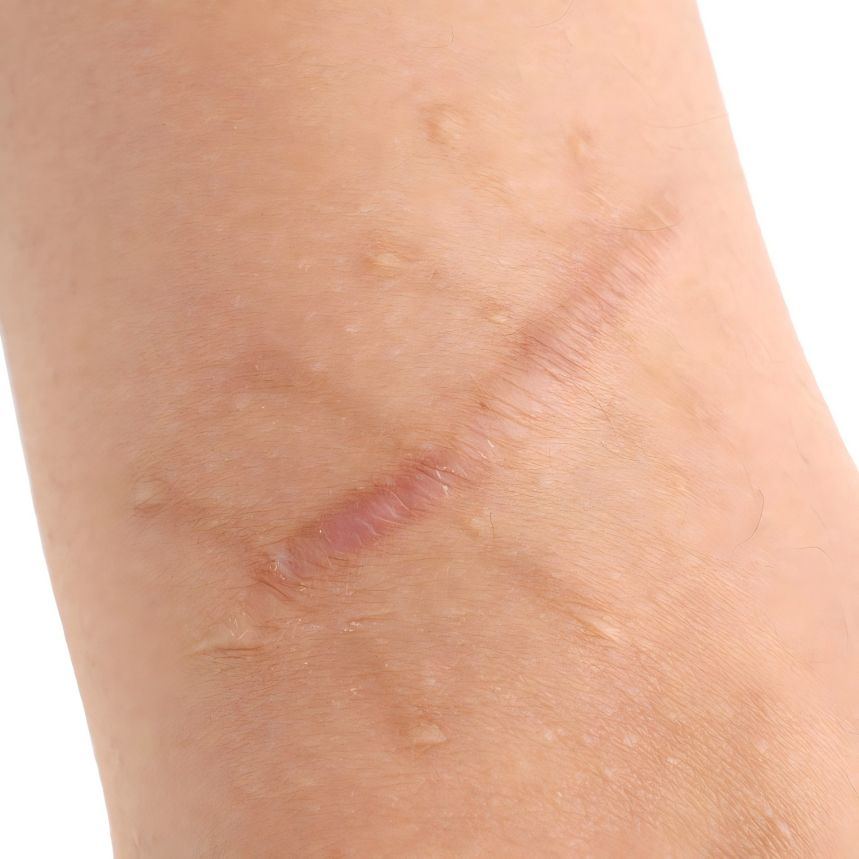
1.3 Immunomodulatory effect
A large number of studies have reported that high-molecular-weight hyaluronic acid and low-molecular-weight hyaluronic acid powder have different physiological responses to inflammation. High-molecular-weight hyaluronic acid can inhibit the phagocytic ability of macrophages, while low-molecular-weight hyaluronic acid can promote the expression of some molecules related to inflammation by macrophages. Knoflach [8] and other studies have shown that low-molecular-weight hyaluronic acid and cyclosporine, when used in combination, can reduce the rejection reaction of the body after organ transplantation. It is inferred that it may be that low molecular weight hyaluronic acid binds to the CD44 receptor on the cell surface, preventing leukocytes and T cells from entering the transplanted organ, thereby reducing the rejection reaction of the body. Ter meer et al. [9] found that o-hyaluronic acid with a relative molecular mass of 800-3200 can induce the maturation of human and mouse dendritic cells and promote the production of cytokines such as interleukin and tumor necrosis factor by dendritic cells [10]. Therefore, the immunomodulatory effect of low molecular weight hyaluronic acid may be exerted through the potent activation of immune cells and stimulation of cytokine activity.
1.4 Promoting bone formation
Pilloni et al. [11] found that low molecular weight hyaluronic acid with an Mr of 3 × 104 can promote the migration and differentiation of mesenchymal cells in vitro, thereby promoting bone formation. It has been reported in patents that low molecular weight hyaluronic acid can stimulate the proliferation of osteoblasts cultured in vitro, increasing the number of osteoblast colonies in the culture medium and the surface area of individual colonies. Therefore, the intra-articular injection of hyaluronic acid not only lubricates the joint cavity, but also promotes cell growth as the hyaluronic acid is degraded into low molecular weight hyaluronic acid over time.
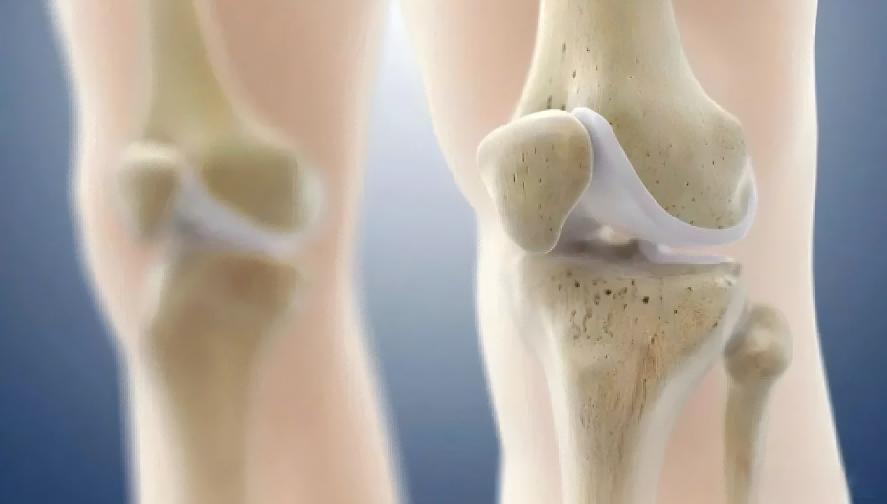
1.5 Hyaluronic acid and tumours
In recent years, a large number of studies on the correlation between hyaluronic acid and tumours have found that tumour development may be related to significant changes in the balance of hyaluronic acid in the body. These significant changes not only include changes in the amount of hyaluronic acid, but more importantly, differences in the molecular weight of hyaluronic acid. There is now increasing evidence that endogenous low molecular weight hyaluronic acid is positively correlated with high tumour malignancy, while exogenous low molecular weight hyaluronic acid has anti-tumour activity.
1.5.1 Hyaluronic acid and tumour development
Hyaluronic acid is one of the important components of the extracellular matrix. Under physiological conditions, hyaluronic acid in the human body plays an important role in maintaining the structural integrity of the tissue matrix, the dynamic balance of intracellular water and proteins, endothelial cell proliferation, cell recognition and cell movement. When a tumor begins to develop, the body's existing macromolecular hyaluronic acid can inhibit tumor growth and metastasis by inhibiting the formation of new blood vessels. However, tumor cells or cancer-associated stromal cells secrete tumor-associated macromolecular hyaluronic acid, which breaks down the original reticular structure around the tumor, providing a highly hydrated channel for tumor cells and facilitating the flow of nutrients to tumor cells, thereby promoting tumor cell growth and metastasis. At the same time, tumor cells express hyaluronidase (Hyase), which breaks down macromolecular hyaluronic acid into small molecular hyaluronic acid, stimulating the release of inflammatory response factors, by binding to the CD44 receptor on the surface of vascular endothelial cells and hyaluronic acid-mediated mobile receptors (R hyaluronic acid MM), it activates extracellular signal-regulated kinase, stimulates the proliferation, migration and microtubule formation of vascular endothelial cells, promotes neovascularization of tumors, and thus leads to the occurrence and development of certain tumors [12-14].
1.5.2 Low molecular weight hyaluronic acid and tumor diagnosis
The levels of high-molecular-weight hyaluronic acid in the tumor tissue and body fluids of many cancer patients are significantly higher than those of normal people. Tumor cells and tumor-associated stromal cells highly express hyaluronic acid, and the Hyase activity is also elevated. As the malignancy of the tumor increases, the expression of hyaluronic acid and Hyase in the tumor tissue increases, and the decomposition rate of hyaluronic acid is higher than that of normal tissue, resulting in an increase in the level of low-molecular-weight hyaluronic acid. Therefore, hyaluronic acid, Hyase and low molecular weight hyaluronic acid are highly expressed in the tissues and body fluids of malignant tumor patients, and play an important role in the diagnosis and monitoring of malignant tumors. Since large molecular weight hyaluronic acid is easily degraded in the body, and Hyase has a short residence time and is not easily detected, low molecular weight hyaluronic acid is considered to be an important marker for tumor detection. High levels of low molecular weight hyaluronic acid often indicate a high degree of malignancy and a poor prognosis. At the same time, low molecular weight hyaluronic acid levels are positively correlated with tumor stage and grade. Therefore, hyaluronic acid levels in body tissues and body fluids can be used as an important reference indicator for the early metastasis, recurrence and clinical staging of tumors [14]. The development of related detection reagents has good application prospects.
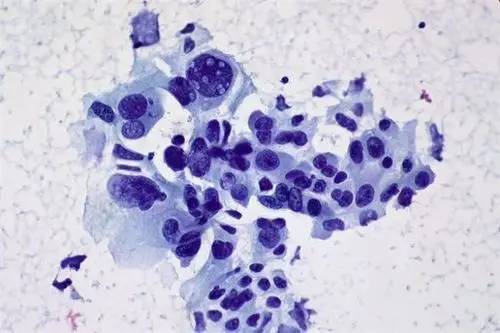
1.5.3 Anti-tumor effect of hyaluronic acid
Endogenous low molecular weight hyaluronic acid is positively correlated with the malignancy of tumors, but exogenous low molecular weight hyaluronic acid has an anti-tumor effect [2-3, 14]. G hyaluronic acid tak et al. [15] found that exogenous low molecular weight hyaluronic acid can inhibit the growth of mouse TA3/st breast cancer cells, rat C6 glioma cells, human HCT tumor cells and human LX1 lung cancer cells in vitro, with an inhibition rate of 50-100%. Further studies have found that exogenous low molecular weight hyaluronic acid inhibits the growth of different types of tumor cells by inhibiting the activity of phospholipase 3-kinase and the phosphorylation of serine/threonine protein kinases. The mechanism may be related to competitive binding to the CD44 receptor. At the same time, exogenous low molecular weight hyaluronic acid enhances the immune killing effect on cancer cells by activating dendritic cells, and inhibits the growth and proliferation of cancer cells [2, 16].
1.5.4 Hyaluronic acid and drug carriers for targeted cancer therapy
The biggest drawback of anti-tumor drugs is their poor specificity. While attacking tumor cells, they also attack normal tissues, causing serious adverse reactions. Targeted therapy with tumor drugs can greatly reduce the adverse reactions of anti-tumor drugs. Since some solid tumors and metastatic lymphocytes have a large number of hyaluronic acid CD44 receptors and R hyaluronic acid MM on their surfaces, and they have a strong affinity for hyaluronic acid, hyaluronic acid can be used as a targeted carrier for anti-tumor drugs. to adhere smaller drug molecules to the reticular structure of hyaluronic acid or to graft drug molecules onto hyaluronic acid drug carriers, which can target binding with receptors on the surface of tumor cells, allowing more drug molecules to enter tumor tissue, increasing the absorption and retention time of antitumor drugs in tumors and lymph nodes, thereby improving the efficacy of the drug and reducing its toxic side effects [2-3, 6].
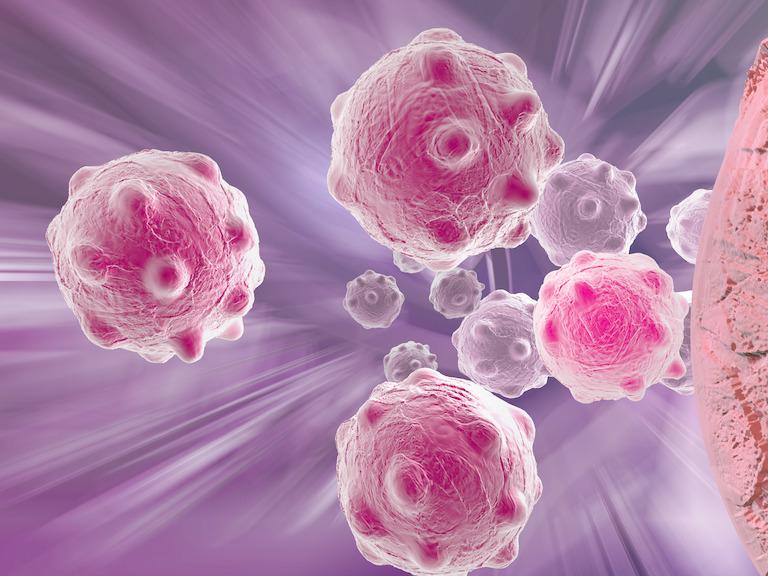
2 Preparation method of low molecular weight hyaluronic acid
Due to the important physiological activity and special physiological functions of low molecular weight hyaluronic acid, the preparation of low molecular weight hyaluronic acid powder has become a hot research topic at home and abroad. At present, low molecular weight hyaluronic acid is mainly prepared by physical, chemical and enzymatic degradation methods to degrade macromolecular hyaluronic acid into low molecular weight hyaluronic acid [6, 17]. In recent years, many researchers have also attempted to directly ferment and produce low molecular weight hyaluronic acid by controlling fermentation conditions and improving strains.
2.1 Physical degradation method
Physical factors such as heating, mechanical shearing, ultraviolet light, ultrasound, γ-ray radiation and high-pressure homogenization can all lead to the degradation of hyaluronic acid. Physical degradation methods have the advantages of a clear principle, no need to add any reagents during the degradation process, simplified post-processing, a narrow range of Mr distributions of the resulting low molecular weight hyaluronic acid, and good thermal stability.
2.2 Chemical degradation method
Chemical degradation methods for hyaluronic acid mainly include alkaline hydrolysis, acid hydrolysis and oxidative degradation. Sodium hydroxide is usually used for alkaline hydrolysis, concentrated hydrochloric acid for acid hydrolysis, and sodium hypochlorite (NaClO) and hydrogen peroxide (H2O2) are commonly used oxidants for oxidative degradation. The product molecular weight can be controlled by changing the pH or the amount of oxidant and reaction time. Chemical degradation is less expensive and easy to mass-produce, but the product may contain residues of the chemical reagents. In addition, chemical degradation, especially oxidative degradation, may modify the aldehyde acid or hydroxyl group in the hyaluronic acid monomer. Therefore, the biological activity of low molecular weight hyaluronic acid produced by chemical methods may vary greatly.
2.3 Biochemical degradation
Enzymatic hydrolysis of biological macromolecules is often preferred for macromolecular degradation because of its high specificity, mild reaction conditions and lack of by-products. The enzymes that specifically degrade hyaluronic acid are hyaluronidase and chondroitin sulfate lyase. However, the sources of hyaluronidase and chondroitin sulfate lyase are very limited and expensive, which greatly restricts their application. Hyaluronidase was ignored for a long time in the past because of the difficulty of isolation and purification and was considered to be of little research significance. In recent years, with the discovery of the importance of small molecule hyaluronic acid and the clinical development of hyaluronidase as a drug permeabilizer, anesthetic adjuvant, and postoperative swelling reducer, research on all aspects of hyaluronidase has attracted people's attention [18]. Enzymatic hydrolysis is an ideal method for preparing low molecular weight hyaluronic acid because it is highly specific, the reaction conditions are mild, and the structure of the polysaccharide remains unchanged. By controlling the degradation time, hyaluronic acid with different molecular weights can be obtained.
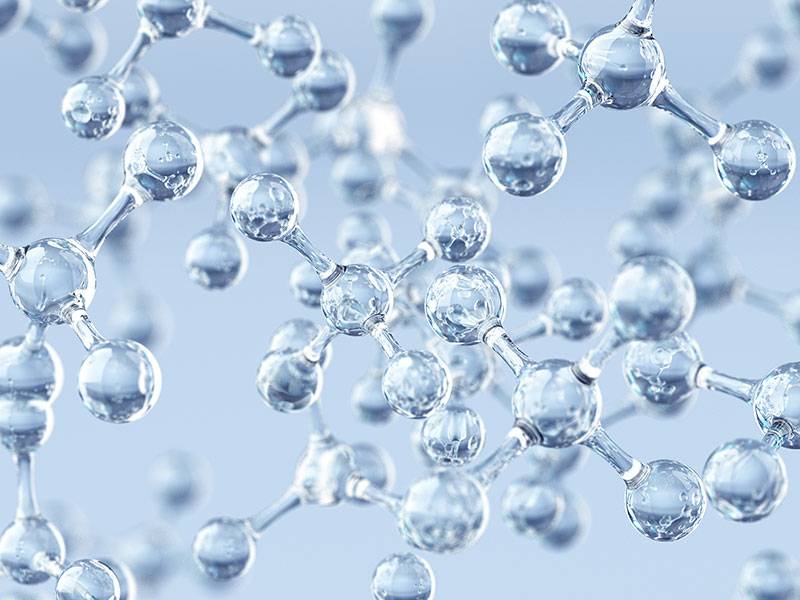
2.4 Low molecular weight hyaluronic acid powder fermentation
2.4.1 Hyaluronic acid synthetase gene modification
The synthesis of hyaluronic acid in cells requires the participation of multiple enzymes, among which hyaluronic acid synthetase (hyaluronic acid synthetase, hyaluronic acid S) is a key enzyme in the synthesis pathway of hyaluronic acid [1]. Pummill et al. [19] analyzed the relationship between the differences in the amino acid sequences of hyaluronic acid S from different sources and the relative molecular weight of the synthesized hyaluronic acid. concluded that the relative molecular weight of hyaluronic acid is related to the primary structure of hyaluronic acid synthase.
Subsequently, Weigel et al. [20] confirmed Pummill's inference by introducing point mutations into the four Cys residues in Streptococcus suis hyaluronan synthase (se-Hya). It was found that when Cys262 and Cys281 of se-Hya mutated to Ala, the hyaluronan molecular weight was only 62% of the wild type [21]. In addition, modifying the Lys48 residue of se-hyaluronan S (mutated to Glu or Phe) can reduce the molecular weight of hyaluronic acid. When Lys48 and Glu327 in se-hyaluronan S are simultaneously mutated, the lowest molecular weight of hyaluronic acid obtained is 0.6 MDa, which is only 17% of the wild type [22]. The above research results show that the transformation of the strain hyaluronan s gene can obtain a strain that produces small molecular weight hyaluronic acid, and stable small molecular weight hyaluronic acid can be obtained by fermentation.
2.4.2 Control of intermediate fermentation products Hyaluronic acid molecular weight
Pummill et al. [19] first confirmed that the relative strength of the catalytic activity of hyaluronan synthase and its ability to bind substrates can regulate hyaluronic acid molecular weight.
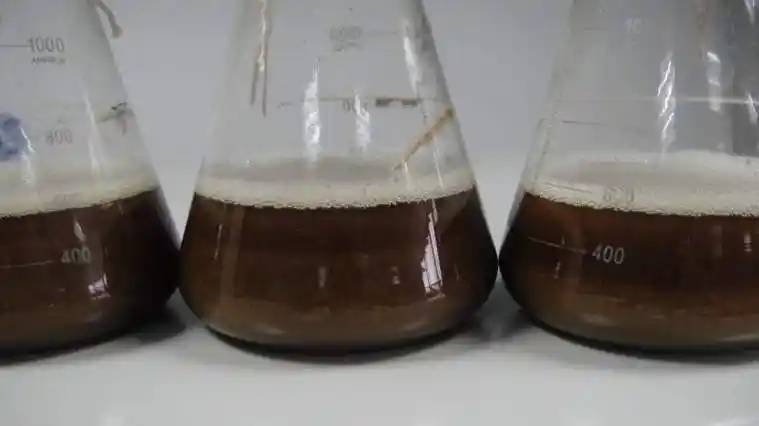
The molecular weight of hyaluronic acid synthesized by hyaluronic acid synthase is affected by the concentration of the precursor oligosaccharide chain, the concentration of the substrate and the ratio of the two to the concentration of hyaluronic acid synthase during the synthesis process. Sheng et al. [23] placed the Streptococcus zooepidemicus hyaluronic acid synthase gene and UGD gene under the control of two different inducible promoters, and introduced it into Lactococcus lactis. It was verified that the molecular weight of the biosynthesized hyaluronic acid is affected by the ratio between the substrate concentration and the hyaluronic acid S concentration, and that this ratio is positively correlated with the molecular weight of the biosynthesized hyaluronic acid. At the same time, over-expression of genes related to uridine diphosphate glucuronic acid synthesis can also reduce the molecular weight of hyaluronic acid. Therefore, the molecular weight of hyaluronic acid can be controlled by controlling the intermediate fermentation products during the fermentation process.
2.4.3 Fermentation culture conditions affect hyaluronic acid molecular weight
Fermentation culture conditions are a key factor affecting the yield and molecular weight of hyaluronic acid. Suitable fermentation conditions not only promote the growth of the bacteria, but also improve the ability of the microorganisms to utilize the substrate, and direct metabolism towards the synthesis of products. Armstrong et al. [24] found that the yield and molecular weight of hyaluronic acid decreased when the temperature was higher or lower than 37 °C. The molecular weight of hyaluronic acid is closely related to the oxygen content of the culture medium. A high oxygen content is more conducive to the synthesis of high molecular weight hyaluronic acid, while anoxic conditions are conducive to the formation of small molecular weight hyaluronic acid. The relative molecular weight of hyaluronic acid cultured with glucose supplement is significantly lower than that of batch culture under the same conditions [25].
3 Conclusion
Hyaluronic acid has many excellent biological activities. In particular, low molecular weight hyaluronic acid can inhibit the occurrence of inflammation, promote angiogenesis, easily penetrate into the dermis, regulate skin metabolism, promote blood circulation, promote wound healing, and has anti-tumor activity. It is also an activator of immune cells and cytokines. It has broad application prospects in medical research fields. At the same time, low molecular weight hyaluronic acid is is easily absorbed by the skin and orally, and has advantages over larger molecular hyaluronic acid in the development of biological agents. Therefore, research on the preparation of low-molecular hyaluronic acid, especially the use of genetic engineering and metabolic engineering methods to construct engineered strains for the production of low-molecular-weight hyaluronic acid, and the establishment of effective methods for regulating the fermentation of low-molecular-weight hyaluronic acid products, not only has important theoretical significance, but is also a market demand.
References
[1] Jiang YC, Jiang SY, Fu FM, et al. Research progress on the biosynthesis pathway and genetic engineering of hyaluronic acid [J]. Chinese Journal of Biotechnology, 2015, 35(1): 104-110.
[2] Micha SK, Jerzy ZN. Hyaluronan: towards novel anti-cancer therapeutics [J]. Pharmacological Reports, 2013, 65(5): 1056-1074.
[3] Huang Yueshan, Pan Yiming, Xue Jing. Research on the functions and applications of hyaluronic acid with different relative molecular weights [J]. Dialysis and Artificial Organs, 2011, 22(2): 10-13.
[4]West DC , Kumar S. The effect of hyaluronate and its oligosaceharides on endothelial cell Proliferation and monolayer integrity [J]. EXP Cell Res,1989,183(1): 179-196.
[5]Rao CM,Deb TB , Datta K. Hyaluronic acid induced hyaluronic acid binding protein phosphorylation and in- ositol triphosphate formation in lymphocytes [J].Biochemistry & Molecular Biology International,1996,40 (2):327-337.
[6] Cui Xiangzhen, Wang Fengshan, Liu Aihua, et al. Research progress of low molecular weight and oligomeric transparent hyaluronic acid [J]. Food and Drugs, 2006, 8(3): 6-9.
[7]Trabucchi E,Pallotta S,Morini M,et al. Low molecular weight hyaluronic acid prevents oxygen free radical damage to granulation tissue during wound healing[J]. Int J Tissue React,2002,24(2):65-71.
[8]Knoflach A,Azuma H ,Magee C ,et al. Immunomod- ulatory functions of low -molecular weight hyaluronate in an acute rat renal allograft rejection model[J]. J Am Soc Nephrol,1999,10(5):1059-1066.
[9]Termeer C ,Sleeman JP ,Simon JC. Hyaluronan-magic glue for the regulation of the immune response[J]. Trends in Immunology,2003,24(3):112-114.
[10] Ke Chunlin, Zeng Xiaoxiong. Research progress on the biological activity of hyaluronic acid [J]. Chinese Pharmaceutical Biotechnology, 2009, 4(2): 148-151.
[11]Pilloni A,Bernard GW. Low molecular weight hyaluronic acid increase osteogenesis in vitro[J]. J Dent Res, 1992(71):574.
[12] Qu Lei, Ji Shengli. The relationship between hyaluronic acid and hyaluronidase and tumors [J]. Chinese Journal of Biochemical Drugs, 2007, 28(2): 127-129.
[13]Kouvidi K , Berdiaki A , Nikitovic D , et al. Role of receptor for hyaluronic acid-mediated motility(RHAMM) in low molecular weight hyaluronan(LMWHA)-mediat- ed fibrosarcoma cell adhesion[J]. J Biol Chem,2011 , 286(44):38509-38520.
[14] Yu M, Du Y, Gao F. Research progress of polymeric and oligomeric hyaluronic acid in tumor diagnosis and treatment [J]. Cancer, 2014, 34(4): 374-377.
[15]Ghatak S , Misra S ,Toole B. Hyaluronan oligosaccha- rides inhibit anchorage -independent growth of tumor cells by suppressing the phosphoinositide 3-Kinase/Akt cell survival pathway[J]. J Biol Chem,2002,277(41): 38013-38020.
[16]Alaniz L ,Rizzo M ,Garcia MG ,et al. Low molecular weight hyaluronan preconditioning of tumor -pulsed dendritic cells increases their migratory ability and in- duces immunity against murine colorectal carcinoma[J]. Cancer Immunol Immun,2011,60(10):1383-1395.
[17] Ke Chunlin, Qiao Deliang, Zeng Xiaoxiong. Preparation of low molecular weight hyaluronic acid and its antioxidant activity [J]. Food Industry Science and Technology, 2010, 31(1): 107-111.
[18] Wu Jianying, Chen Yihan. Research status and prospects of hyaluronidase [J]. Modern Chemical Industry, 2014, 34(5): 47-52
[19]Pummill PE,DeAngelis PL.Alteration of polysaccha- ride size distribution of a vertebrate hyaluronan syn- thase by mutation[J].J Biol Chem,2003,278(22):19808-19814.
[20]Weigel PH,Baggenstoss BA.Hyaluronan synthase polymerizing activity and control of product size are discrete enzyme functions that can be uncoupled by mutagenesis of conserved cysteines [J].Glycobiology, 2012,22(10):1302-1310.
[21]Medina AP ,Lin JL ,Weigel PH.Hyaluronan synthase mediates dye translocation across liposomal mem- branes[J].BMC Biochemistry,2012,13(2):1-9.
[22]Kumari K,Baggenstoss BA,Parker AL,et al.Mutation of two intramembrane polar residues conserved within the hyaluronan synthase family alters hyaluronan product size[J].J Biol Chem,2006,281(17):11755-11760.
[23]Sheng JZ ,Ling PX ,Zhu XQ ,et al.Use of induction promoters to regulate hyaluronan synthase and UDP - glucose-6 -dehydrogenase of Streptococcus zooepidemi- cus expression in Lactococcus lactis: a case study of the regulation mechanism of hyaluronic acid polymer[J].J Appl Microbiol,2009,107(1):136-144.
[24]Armstrong D,Johns MR. Culture conditions affect the molecular weight properties of hyaluronic acid produced by Streptococcus zooepidemicus[J].Appl Envi- ron Microbiol,1997(63):2759-2764.
[25] Liu Li, Wang Qiang, Chen Yonghao. Research progress in microbial fermentation for the production of hyaluronic acid [J]. Food and Fermentation Industry, 2009, 35(2): 125-129.


 English
English French
French Spanish
Spanish Russian
Russian Korean
Korean Japanese
Japanese

